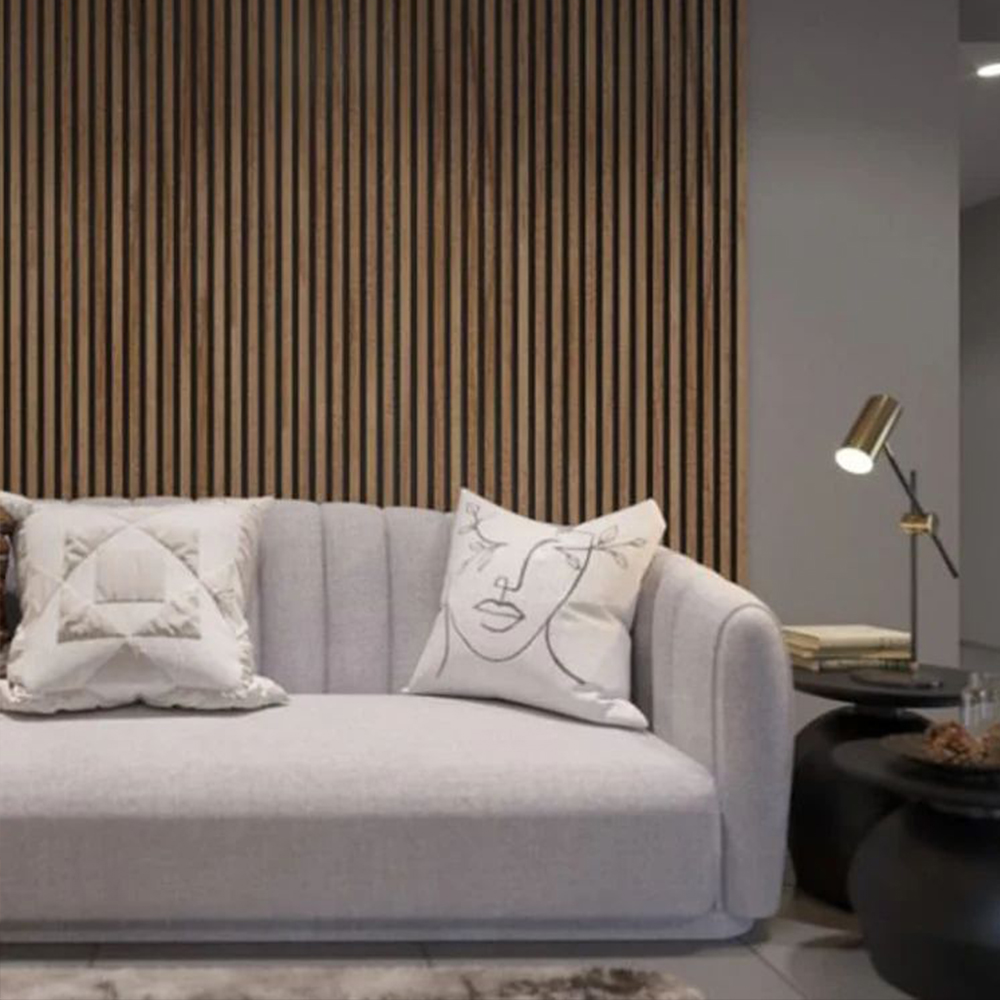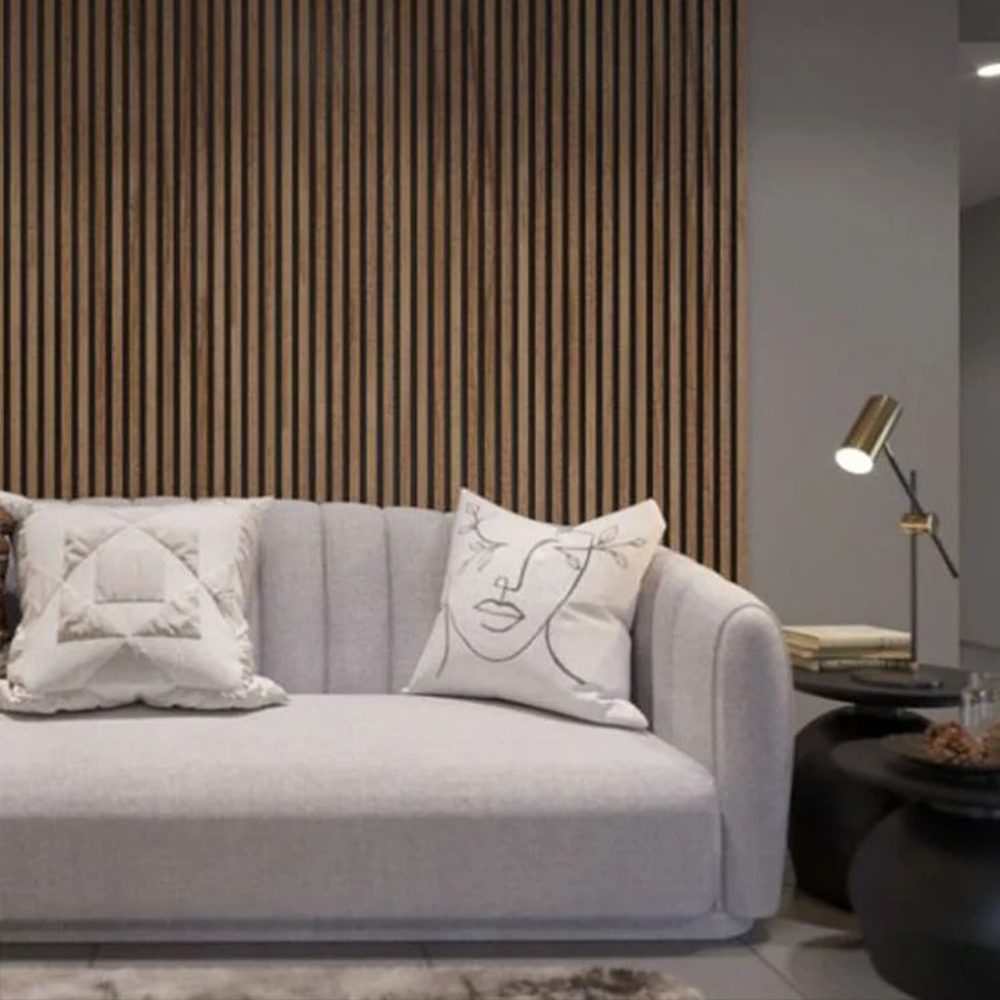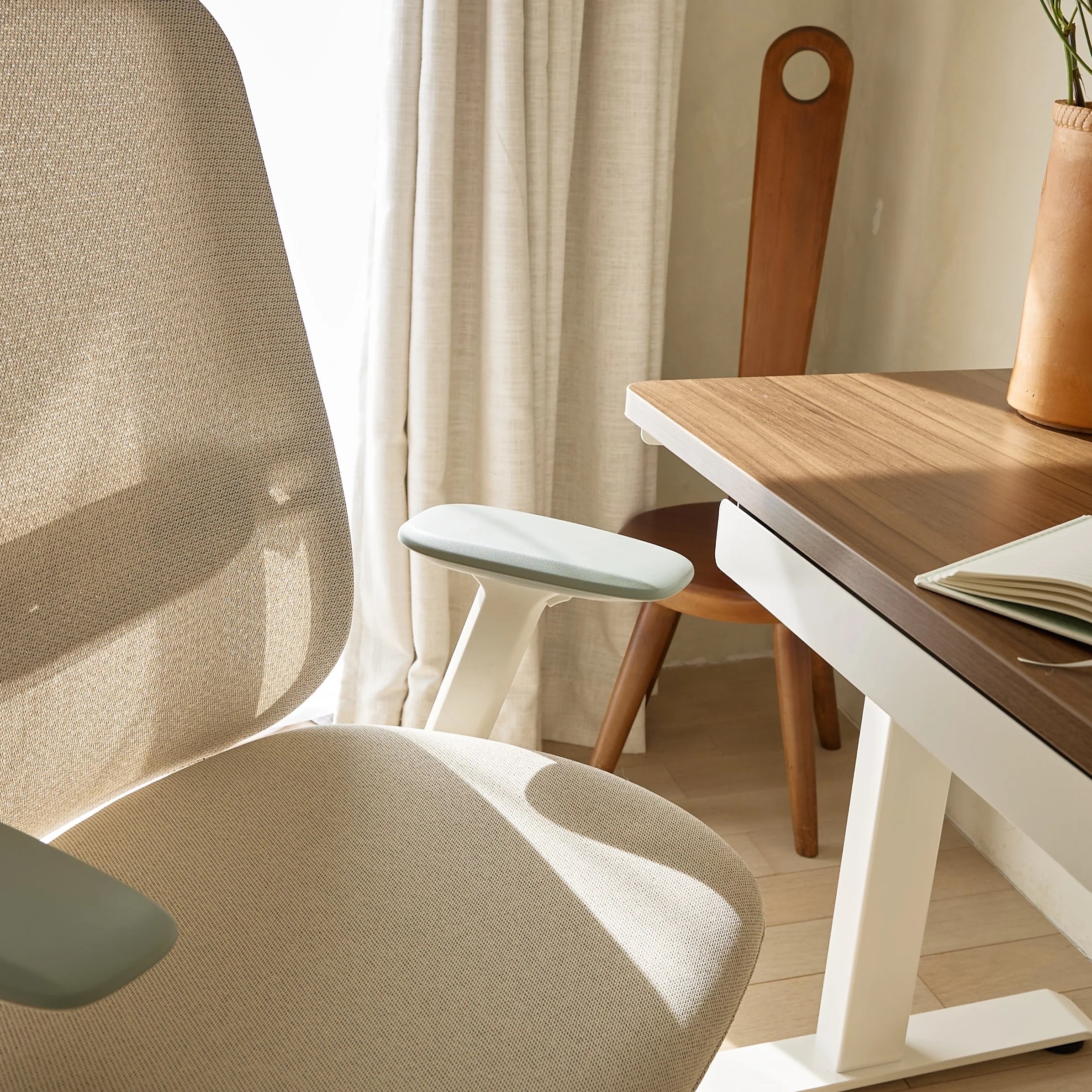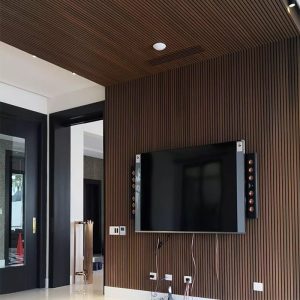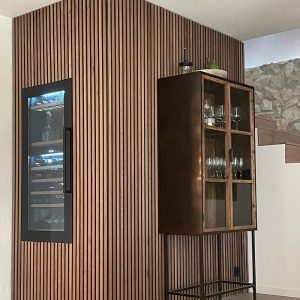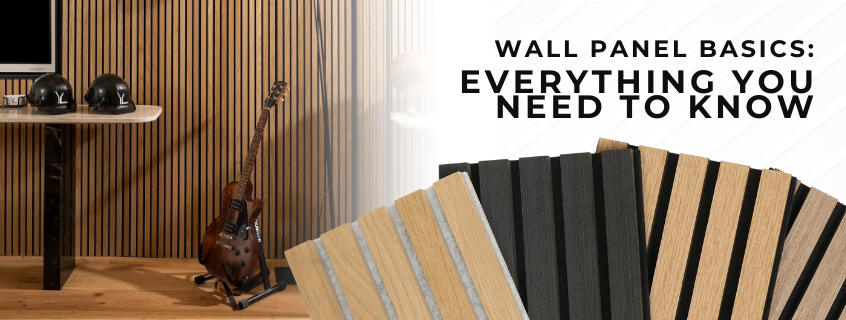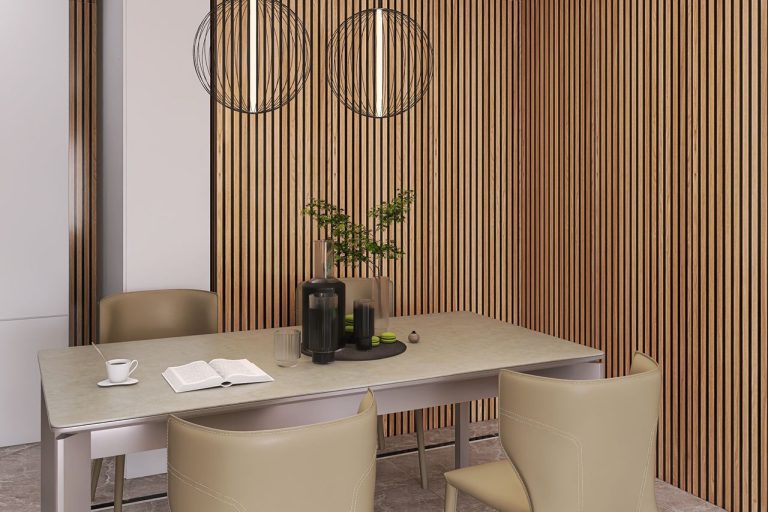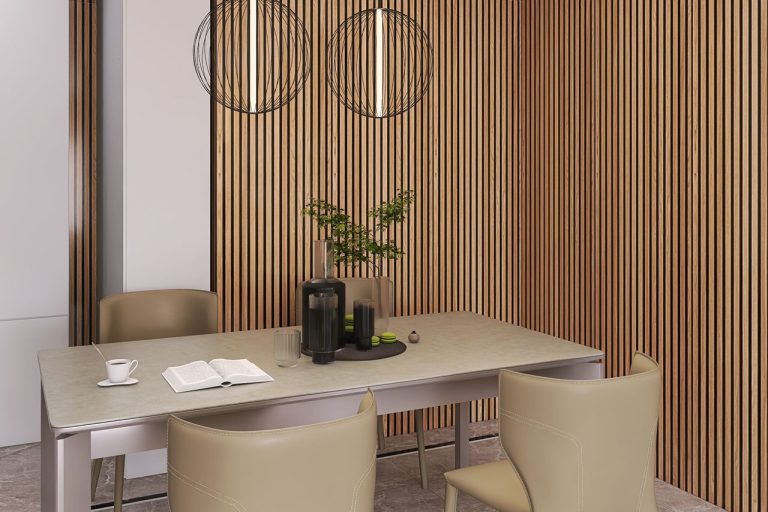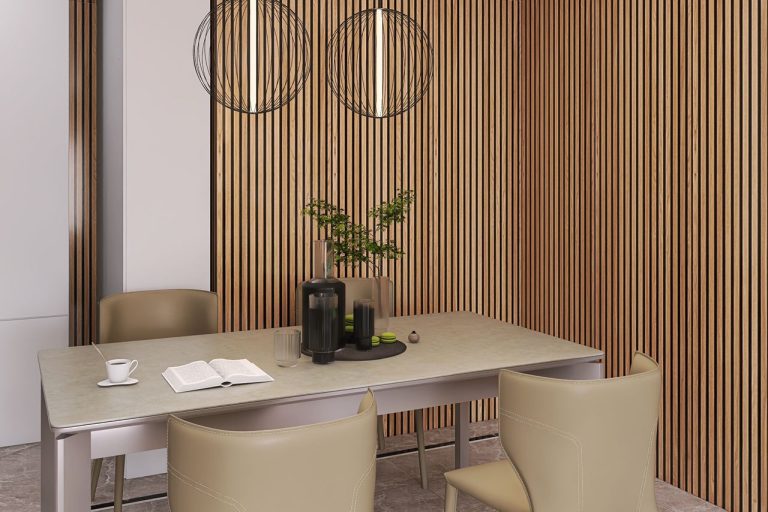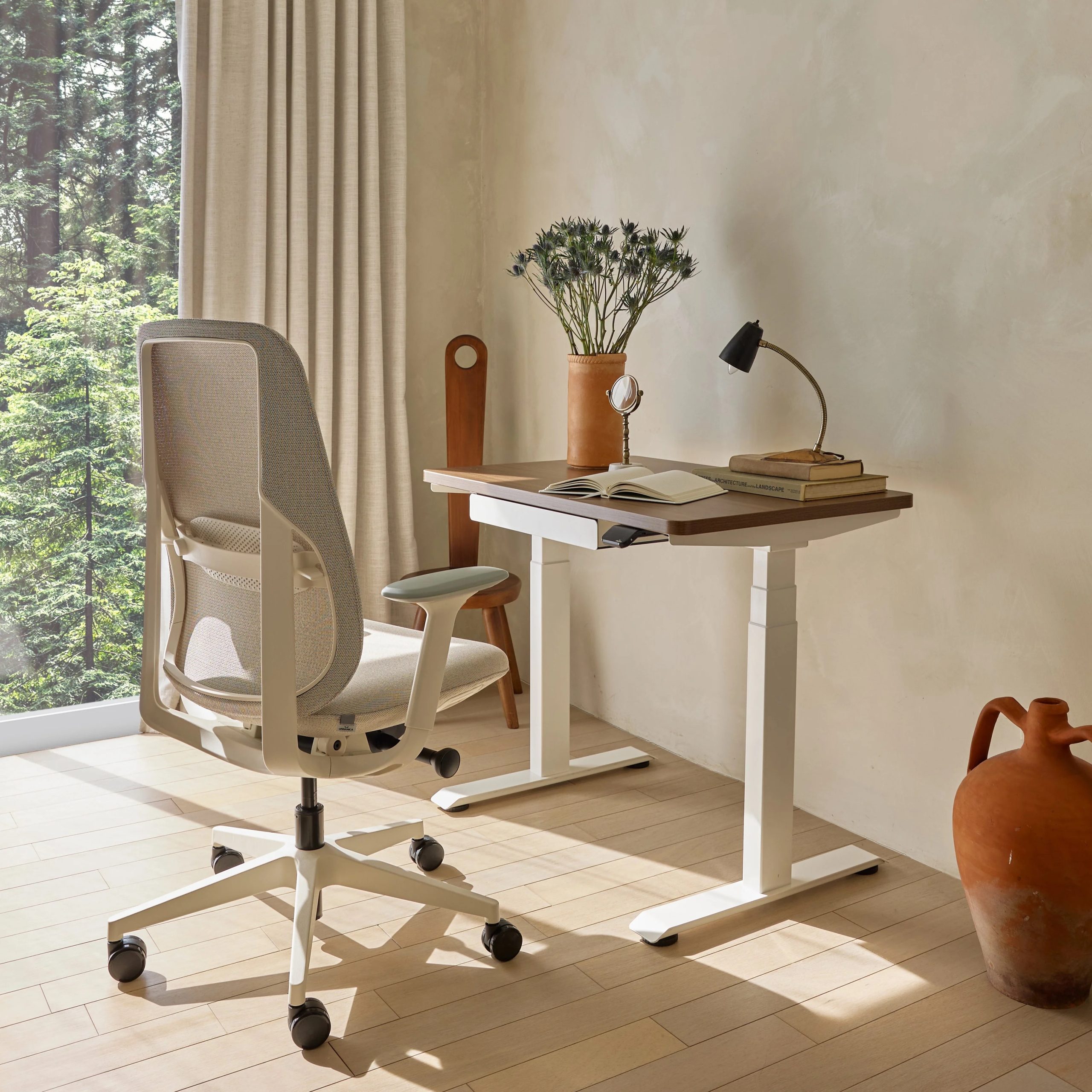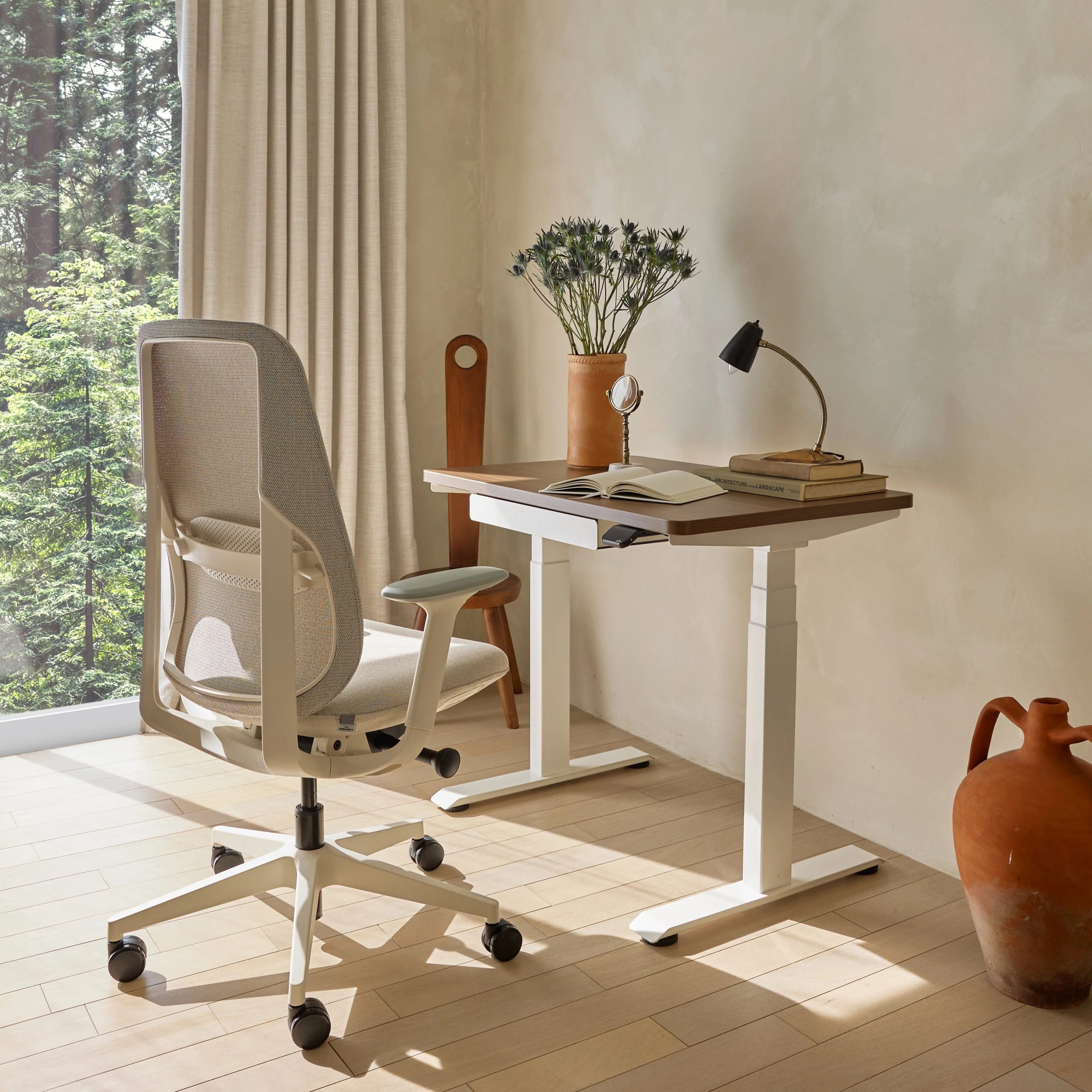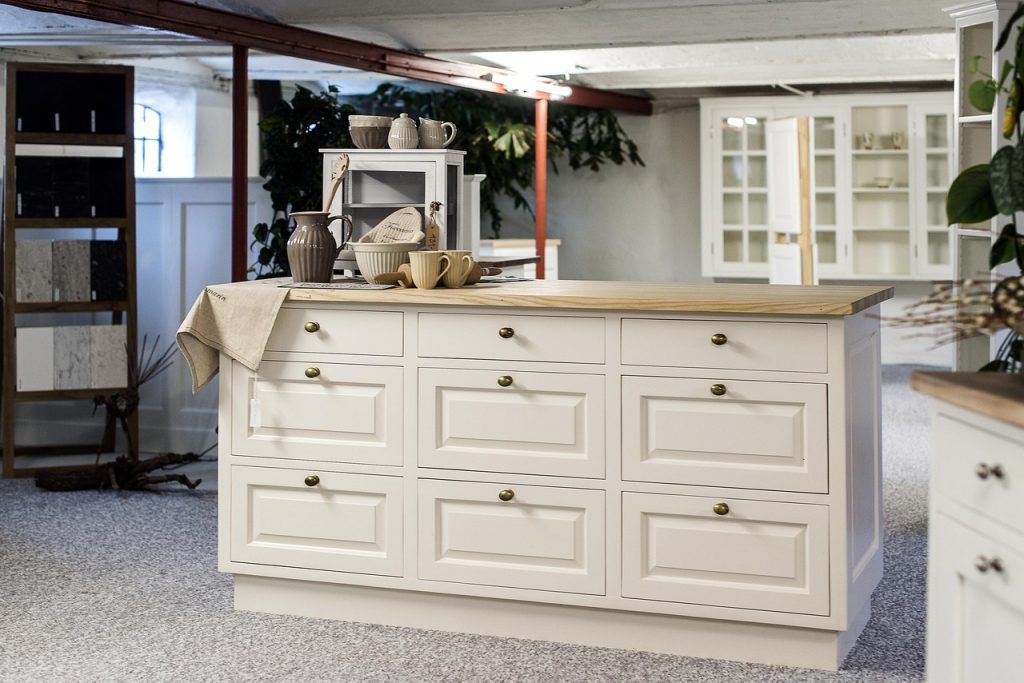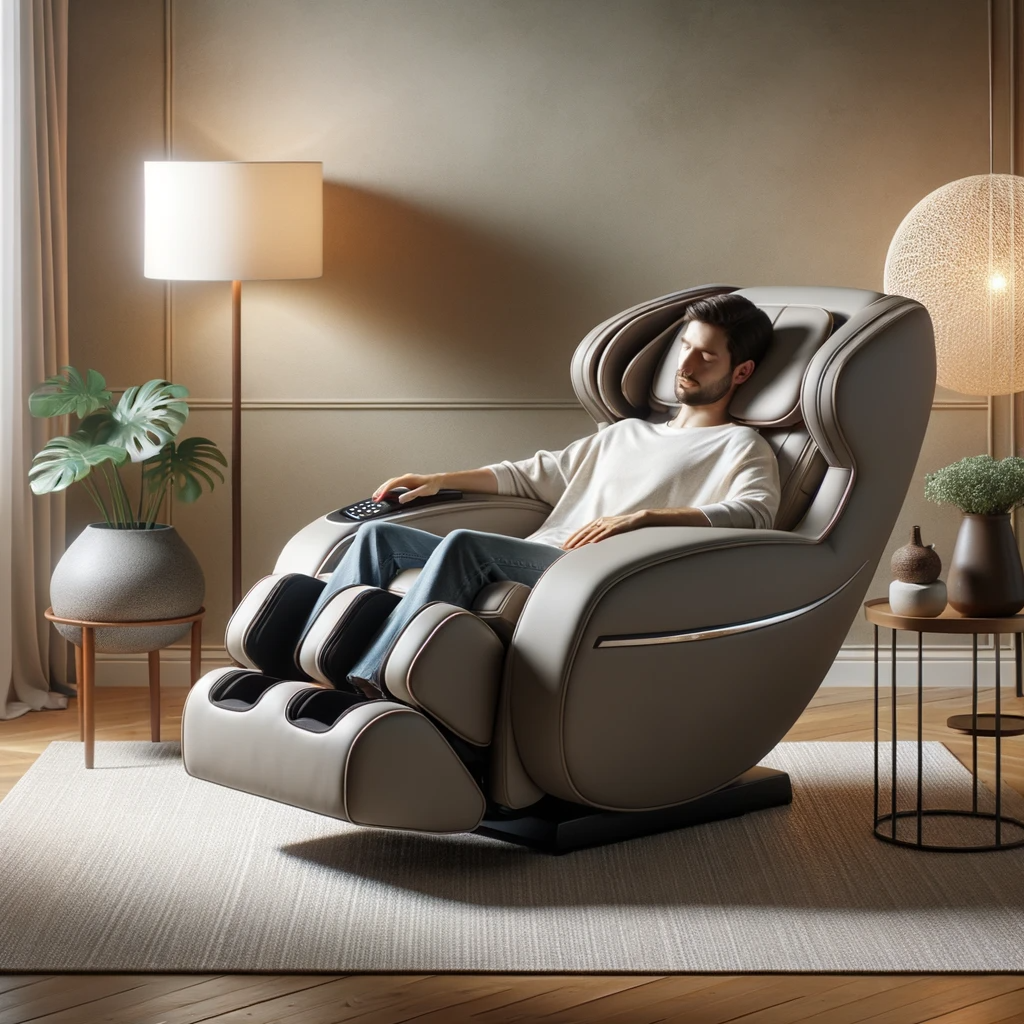Wall Panel Basics – What Are Wall Panels and How Do They Work?
What Exactly Are Wall Panels?
When we talk about wall panel basics, we’re referring to decorative or functional coverings that are applied to walls to enhance their appearance and performance. These panels come in a variety of materials, textures, and designs, allowing them to serve multiple purposes in both residential and commercial spaces. Whether they are used to create a focal point in a room or provide insulation and soundproofing, wall panels are a great way to transform an ordinary wall into a stylish feature.
There are different types of wall panels, each designed for specific purposes:
- Decorative Wall Panels: These are the panels that focus primarily on improving the visual appeal of a room. They often feature wood, metal, or 3D textures and can dramatically change the look of a space.
- Functional Wall Panels: These panels are designed with purpose in mind. They may offer soundproofing, thermal insulation, or protection from moisture and physical wear.
- Hybrid Panels: These are a combination of both decorative and functional panels, often designed to provide aesthetic value while also serving practical needs like noise reduction or temperature regulation.
Types of Wall Panels
To understand wall panel basics, it’s important to recognize the variety of materials that are commonly used for wall paneling:
- Wood Panels: Natural wood finishes offer a timeless and rustic feel. Wood wall panels are perfect for creating warm and inviting spaces.
- PVC Panels: These lightweight, water-resistant panels are perfect for high-moisture areas such as bathrooms and kitchens.
- MDF Panels: Medium Density Fiberboard (MDF) is a cost-effective material that can mimic the appearance of solid wood. It is highly versatile and customizable.
- Metal Panels: These are used to add a modern or industrial touch to spaces. They are durable and can be customized with different finishes.
- Acoustic Panels: Designed to reduce noise levels, these panels are made from materials like fabric or foam and are ideal for home theaters or offices.
By understanding the different types of wall panels, you can choose the right material that fits your room’s needs.
Why Wall Panel Basics Are More Important Than Ever – The Benefits You Should Know
The Key Benefits of Wall Panels
Wall panels are more than just a design choice; they offer a range of benefits that can make your space more comfortable, practical, and visually appealing. Here are some of the top benefits of wall panel basics:
1. Aesthetic Enhancement
One of the main reasons homeowners and designers choose wall panels is the aesthetic boost they provide. Whether you’re looking to add texture, color, or pattern to a space, wall panels create visual interest and can transform an otherwise plain wall into a statement feature. The right wall panel can complement your existing decor, adding a touch of elegance or a bold modern flair.
2. Improved Sound Control
Wall panel basics also include functional benefits like soundproofing. Acoustic panels, which are often made of fabric, foam, or wood, are designed to absorb sound and reduce noise within a room. This is particularly important in spaces where noise reduction is essential, such as home theaters, offices, or music rooms. By using soundproof panels, you can create a more peaceful and quiet environment.
3. Thermal Insulation
Did you know that wall panels can improve your home’s insulation? Some types of wall panels, particularly those made of MDF or specialized foam, provide an extra layer of thermal protection, helping to regulate indoor temperatures. This can be especially beneficial in older homes that may lack sufficient insulation. Using wall panel basics that provide insulation can reduce your energy costs by keeping rooms cooler in summer and warmer in winter.
4. Durability and Protection
Plain walls, especially drywall, are prone to scratches, dents, and damage from everyday use. Wall panels, particularly those made from durable materials like metal, wood, or PVC, offer an extra layer of protection. They help guard against physical wear and tear, making them a smart choice for high-traffic areas like hallways, offices, and commercial spaces.
5. Easy Maintenance
Wall panels are typically easier to clean and maintain than plain walls. For example, wood panels can be wiped down to remove dust and dirt, while PVC panels are water-resistant and ideal for spaces like bathrooms and kitchens where moisture is a concern. By choosing the right material, you can ensure that your wall panels remain in excellent condition for years to come with minimal upkeep.
How to Choose and Install Wall Panels – A Step-by-Step Guide
Step 1: Choose the Right Wall Panels for Your Needs
When considering wall panel basics, the first step is determining the purpose of your panels. Are you looking to add warmth and texture to your space, or do you need a practical solution for soundproofing or moisture resistance? Here are some tips to help you choose the right panels:
1.1. Decorative Wall Panels
If your primary goal is to enhance the aesthetics of your room, you’ll want to choose wall panels that complement your existing design. Here are some options:
- Wood Panels: Ideal for creating a rustic or traditional look.
- 3D Panels: These add depth and texture, perfect for a modern or contemporary style.
- Metal Panels: Best for industrial, minimalist, or modern designs.
1.2. Functional Wall Panels
For those seeking wall panel basics that provide a practical solution, here are some considerations:
- Acoustic Panels: These are perfect for reducing noise in high-traffic or high-noise areas.
- PVC Panels: A great choice for areas with high humidity, like bathrooms and kitchens, as they are water-resistant and easy to clean.
- Insulated Panels: These panels are best for improving energy efficiency and maintaining a comfortable indoor temperature.
1.3. Budget Considerations
Your budget will also play a key role in choosing the right materials. While some premium materials like solid wood or metal can be costly, options like MDF and PVC offer more affordable alternatives while still providing excellent functionality and aesthetic appeal.
Step 2: Installation Process for Wall Panels
Once you’ve selected your wall panels, the next step is installation. Here’s a general guide for wall panel basics installation:
2.1. Prepare the Wall Surface
Ensure the wall surface is clean and free of any debris. For best results, lightly sand the wall to create a smooth surface for the panels to adhere to.
2.2. Measure and Mark the Layout
Use a measuring tape to determine how much material you’ll need and mark the wall where the panels will go. A level is essential to ensure the panels are aligned properly.
2.3. Apply Adhesive or Fasteners
Depending on the type of wall panels you’re using, you may need to apply adhesive or secure the panels with nails or screws. For easy-to-install panels, adhesive can be a simple solution, while heavier materials like wood or metal may require more secure fasteners.
2.4. Attach the Panels
Start at one corner of the wall and carefully attach the panels, working your way across. Make sure each panel is level before moving on to the next one.
2.5. Finish with Trim and Sealing
Once the panels are in place, add trim around the edges to cover any gaps and give the wall a finished, polished look.
Wall Panel Basics – Design Trends and Maintenance Tips
Current Wall Panel Design Trends
As you explore the wall panel basics, it’s important to stay up-to-date with the latest design trends. Here are some popular styles you’ll see in 2025:
1. Natural and Reclaimed Wood
Wood panels are experiencing a major comeback, especially reclaimed wood, which adds a rustic, eco-friendly element to modern interiors.
2. Textured 3D Panels
For those who want to make a bold statement, 3D panels are an excellent choice. These panels feature intricate patterns and textures that create visual interest and depth.
3. Mixed Materials
Combining different materials like wood and metal, or fabric and foam, is a trendy way to incorporate both functionality and aesthetics into your space.
4. Sustainability and Eco-Friendly Materials
With a growing emphasis on sustainability, more homeowners are choosing environmentally friendly materials, such as recycled wood, bamboo, and biodegradable options, to create stylish and sustainable wall panels.
Maintenance Tips for Long-Lasting Wall Panels
To keep your wall panel basics looking fresh, follow these maintenance tips:
- Clean Regularly: Dust and wipe down panels to prevent the buildup of dirt and grime.
- Repair Minor Damage: Small scratches or dents can often be repaired with touch-up paint or filler.
- Check for Moisture: Especially in high-humidity areas, ensure that panels remain dry to prevent mold or mildew buildup.
- Seal Wooden Panels: If you have wooden wall panels, apply a protective sealant to keep them looking great and prevent damage from moisture.
By following these simple maintenance tips, your wall panels will continue to enhance the beauty and functionality of your space for years to come.
Wall Panel Basics FAQs: Expert Answers from Acoustic Wood Panel Wall
What is the purpose of wall panels? At Acoustic Wood Panel Wall, we know wall panels do more than just make a space look good. Wall panels serve practical purposes like improving acoustics, providing insulation, and protecting walls from damage. Our premium acoustic wood panels are specially designed to absorb sound and reduce noise, making homes, offices, and commercial spaces quieter and more comfortable, while adding a beautiful, natural finish.
Which material is best for wall panels? The best material for wall panels depends on your goals, but at Acoustic Wood Panel Wall, we specialize in luxurious, high-quality wood panels because they offer both beauty and function. Our acoustic wood panels are crafted with sustainable materials, providing excellent sound absorption, durability, and timeless style that outlasts trends. If you want elegance, warmth, and better sound control, wood panels are the ideal choice.
How do acoustic wall panels work? At Acoustic Wood Panel Wall, our acoustic panels are expertly engineered to improve sound quality by absorbing unwanted noise and echoes. They work by using carefully designed materials that trap and reduce sound waves, creating a quieter and more pleasant environment. Whether you’re upgrading a home theater, an open office, or a commercial space, our panels help you enjoy better clarity and comfort.
Are wood wall panels easy to install? Absolutely! Acoustic Wood Panel Wall makes sure our wood wall panels are easy and straightforward to install—even for DIY enthusiasts. Our panels come pre-assembled and ready to mount, with simple instructions to guide you. Plus, we offer installation tips and support if needed, so you can achieve a flawless, professional look without stress.
Why should I choose Acoustic Wood Panel Wall for my paneling needs? Choosing Acoustic Wood Panel Wall means choosing craftsmanship, style, and performance you can trust. We provide top-quality acoustic wood panels that are not only beautiful but also highly functional. Our focus on sustainable materials, innovative design, and customer satisfaction makes us a leader in acoustic solutions. Whether you’re enhancing your home’s design or solving sound problems in a busy space, we have the perfect panels for you.

